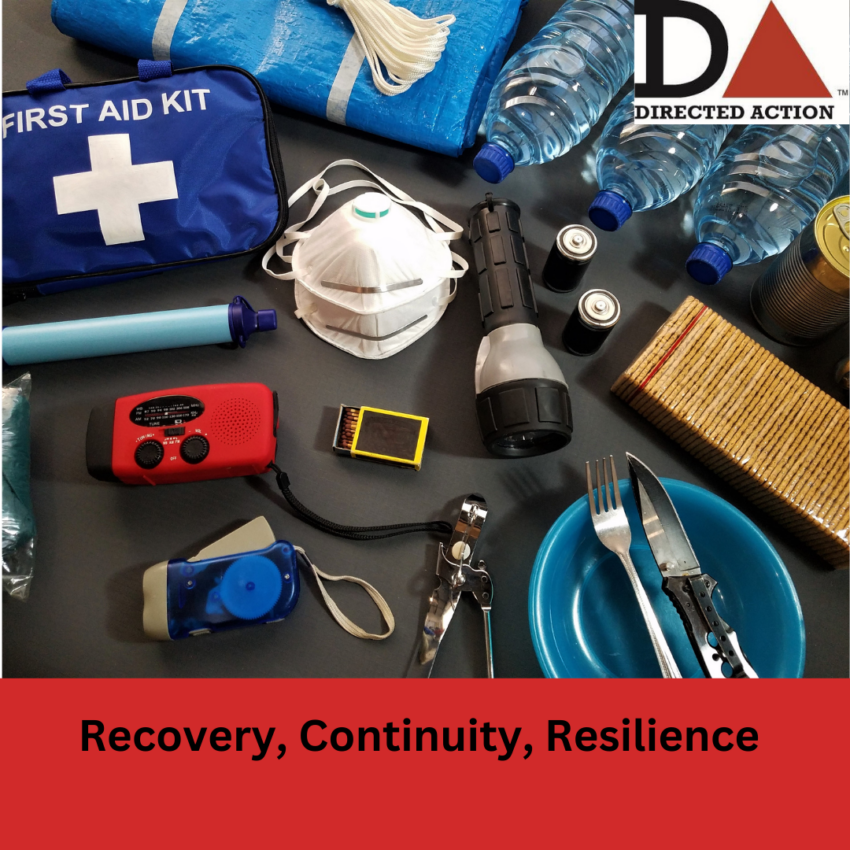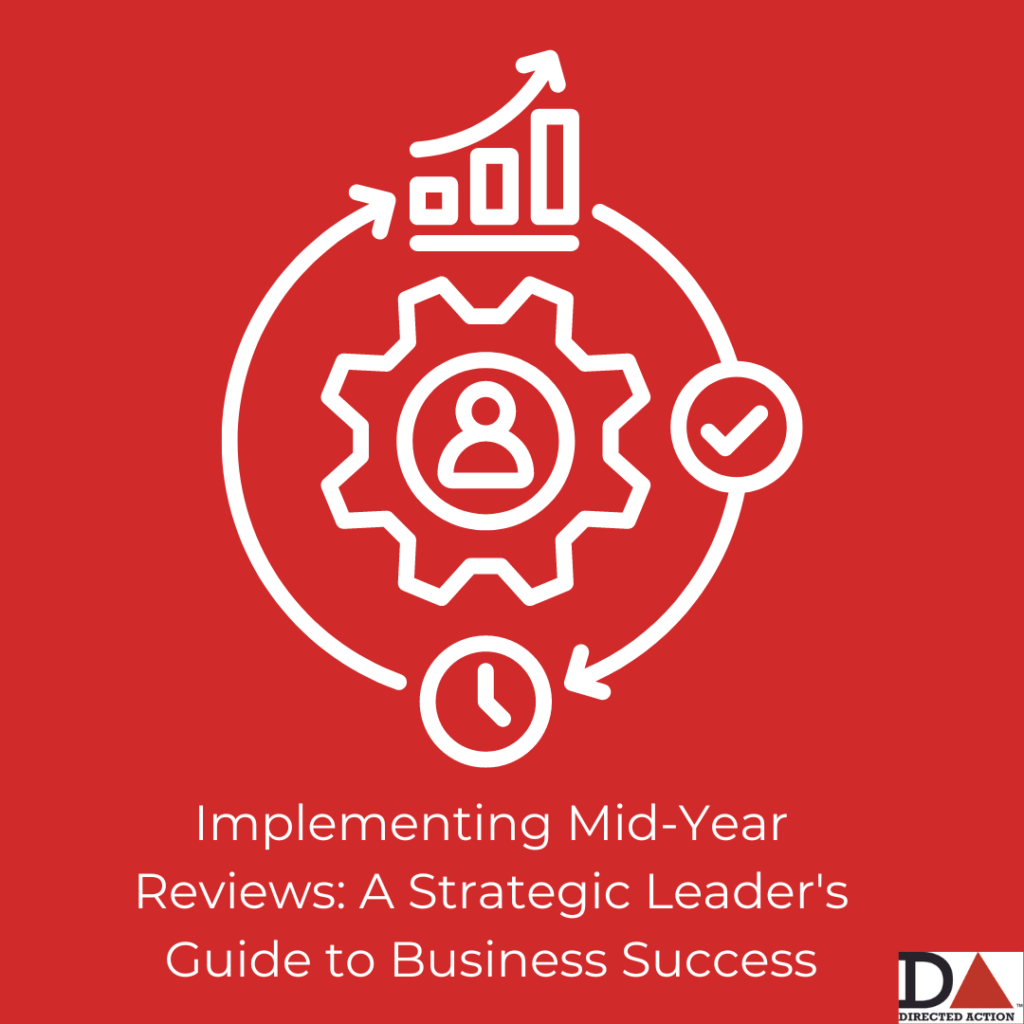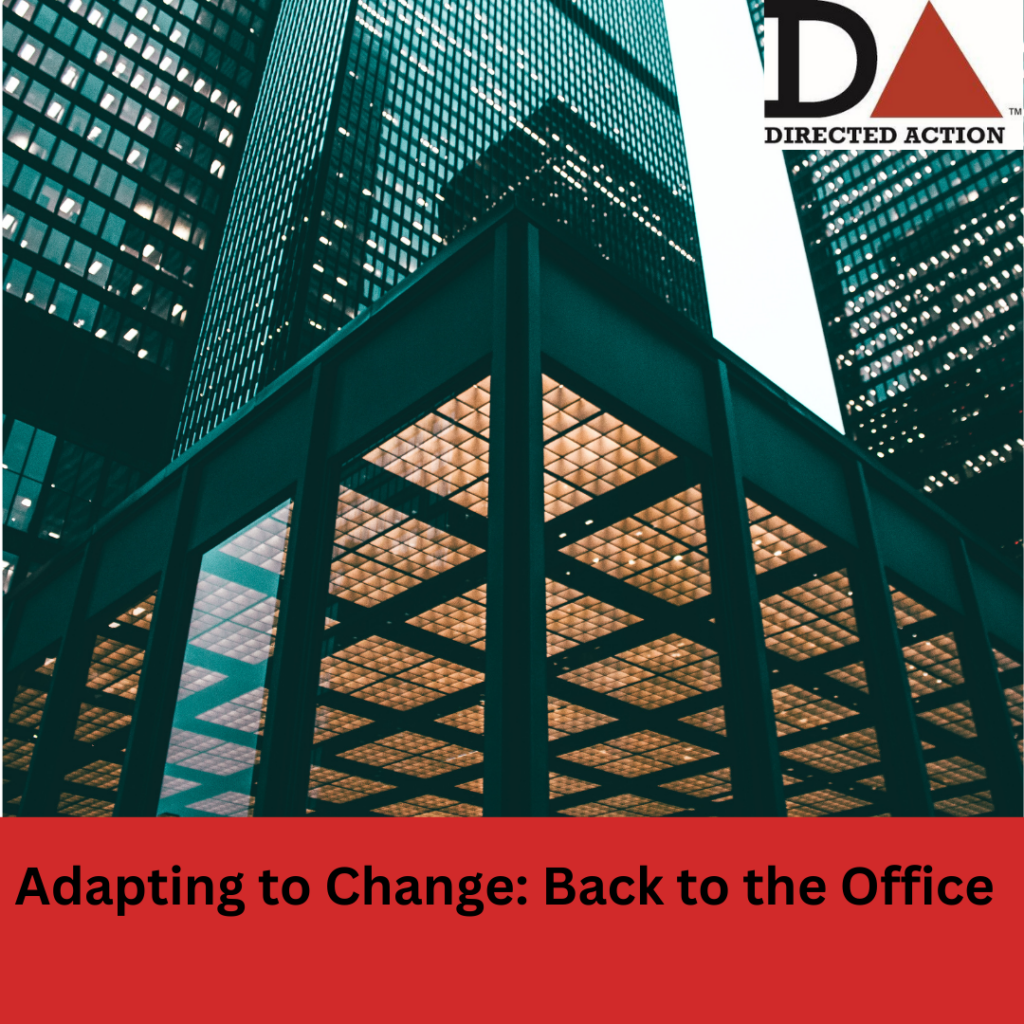In an unpredictable world, businesses must prepare for disruptions ranging from natural disasters to cyberattacks. But let’s be real—these aren’t just technical problems; they impact people, livelihoods, and communities. The way a business responds to a crisis can make all the difference, not just in restoring systems but in supporting employees, customers, and stakeholders through the challenge.
Three key concepts—Disaster Recovery (DR), Business Continuity (BC), and Organizational Resilience—represent different approaches along a spectrum of preparedness and response.
In light of business disruptions we have experienced here in Los Angeles and nationally, Directed Action COO Kevin Keane is interviewing a few experts on how businesses can respond to crises. Before we share their insights, let’s break down these different elements in the spectrum of crisis response.
Disaster Recovery: The Immediate Response
Disaster Recovery focuses on restoring IT systems, data, and infrastructure after a disruption. But it’s not just about servers and backups—it’s about people, too. Employees may be dealing with personal losses, stress, or uncertainty, and a thoughtful recovery plan takes this into account.
Key aspects of Disaster Recovery include:
- Data Backup and Restoration: Ensuring that critical data can be recovered quickly after a loss.
- IT System Redundancy: Utilizing failover systems to restore operations.
- Incident Response Plans: Addressing cybersecurity breaches or system failures.
- Employee Well-Being: Providing flexibility, mental health support, and clear communication so employees feel supported during recovery.
Disaster Recovery is the technical backbone of crisis response, ensuring that a business can get back online after an outage. But recovery isn’t just about technology—it’s about helping employees regain stability and confidence in the future.
Business Continuity: Keeping Operations Running
Business Continuity takes a broader view, ensuring that essential business functions continue despite a crisis. It’s about having a plan in place so that when disruptions happen, people know what to do and feel empowered to act.
Core components of Business Continuity include:
- Comprehensive Business Impact Analysis (BIA): Identifying critical functions and dependencies.
- Alternative Work Arrangements: Remote work strategies, supply chain diversification, and temporary relocation plans.
- Communication Plans: Ensuring employees, customers, and stakeholders receive timely updates.
- Employee Support Programs: Making sure teams have the resources they need, whether it’s flexible work options, childcare assistance, or simply reassurance that leadership has a plan.
Business Continuity Planning (BCP) goes beyond Disaster Recovery, focusing on minimizing disruptions across the entire organization. It ensures not just that the business stays open, but that employees feel secure and supported in their roles.
Resilience: A Culture of Preparedness
Organizational Resilience is the highest level of crisis preparedness, focusing not just on recovering from disruptions but also on thriving despite them. This is about creating a culture that embraces change, adapts quickly, and grows stronger in the face of challenges.
Elements of Organizational Resilience include:
- Proactive Risk Management: Identifying vulnerabilities before they become crises.
- Leadership and Culture: Fostering an adaptive mindset at all levels of the organization.
- Continuous Learning: Regular testing, simulations, and refinement of strategies.
- Sustainability and Agility: Building long-term strategies that allow businesses to pivot and evolve in response to change.
- People-First Approach: Encouraging collaboration, trust, and open communication so employees feel valued and engaged even in times of uncertainty.
Resilience is a mindset that ensures a business remains strong in the face of uncertainty. It’s not just about surviving disruptions—it’s about thriving because of them. When organizations truly invest in resilience, they create workplaces where employees feel secure, informed, and empowered to navigate whatever comes next.
Where They Fit on the Crisis Response Spectrum
The three concepts form a continuum of preparedness:
- Disaster Recovery is the most reactive, focusing on restoring IT systems and supporting employees after an incident.
- Business Continuity is more proactive, ensuring critical functions (and people) can continue despite disruptions.
- Resilience is the most forward-thinking, embedding adaptability and well-being into an organization’s culture and strategy.
While businesses may begin with Disaster Recovery and Business Continuity planning, those that aim for long-term success must embrace Resilience as a strategic imperative.
Building a Holistic Crisis Strategy
To ensure a comprehensive approach to crisis management, businesses should:
- Develop a Robust Disaster Recovery Plan to restore IT systems and provide employees with the support they need.
- Implement a Business Continuity Plan that addresses broader operational needs while keeping teams engaged and informed.
- Cultivate Organizational Resilience through continuous risk assessment, adaptability, and leadership engagement.
In today’s unpredictable business environment, organizations that focus on resilience will not only survive disruptions but also emerge stronger and more connected. By understanding the spectrum of potential crises, from recession to wildfires and beyond, your team’s crisis response can keep people at the center of the strategy and your business can protect its operations, employees, and communities—no matter what the future holds.




